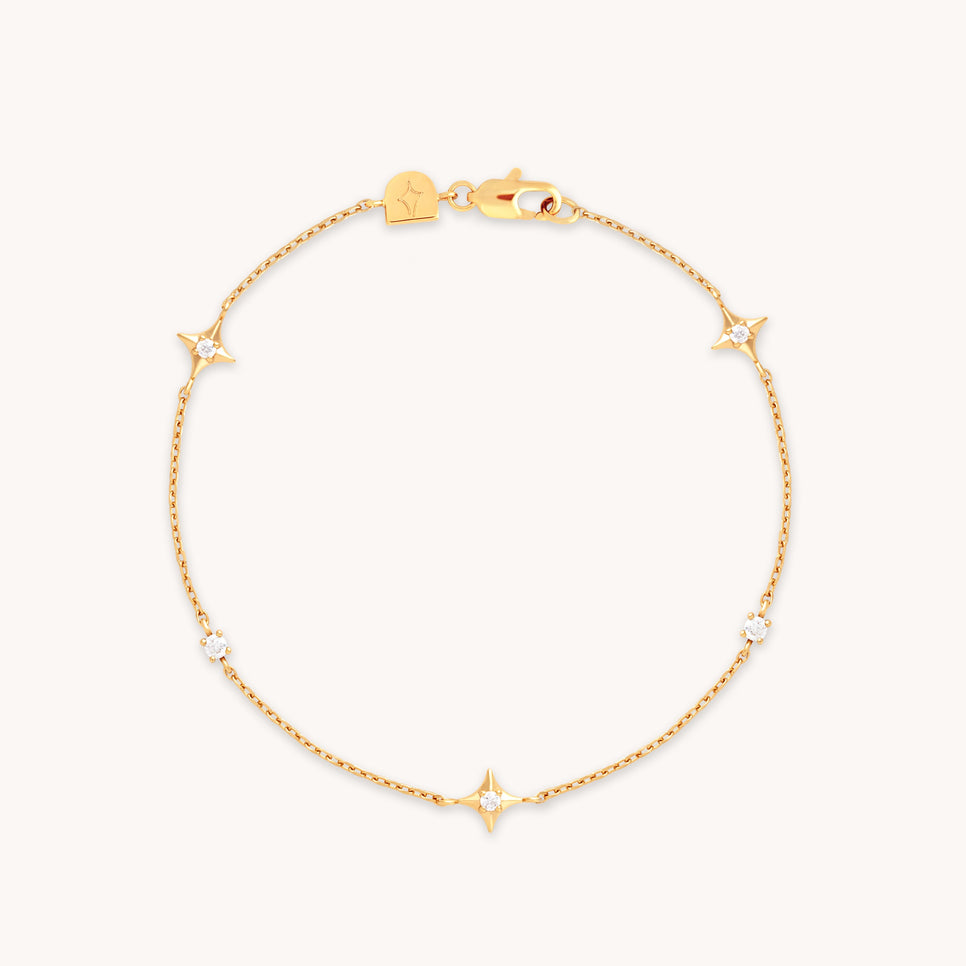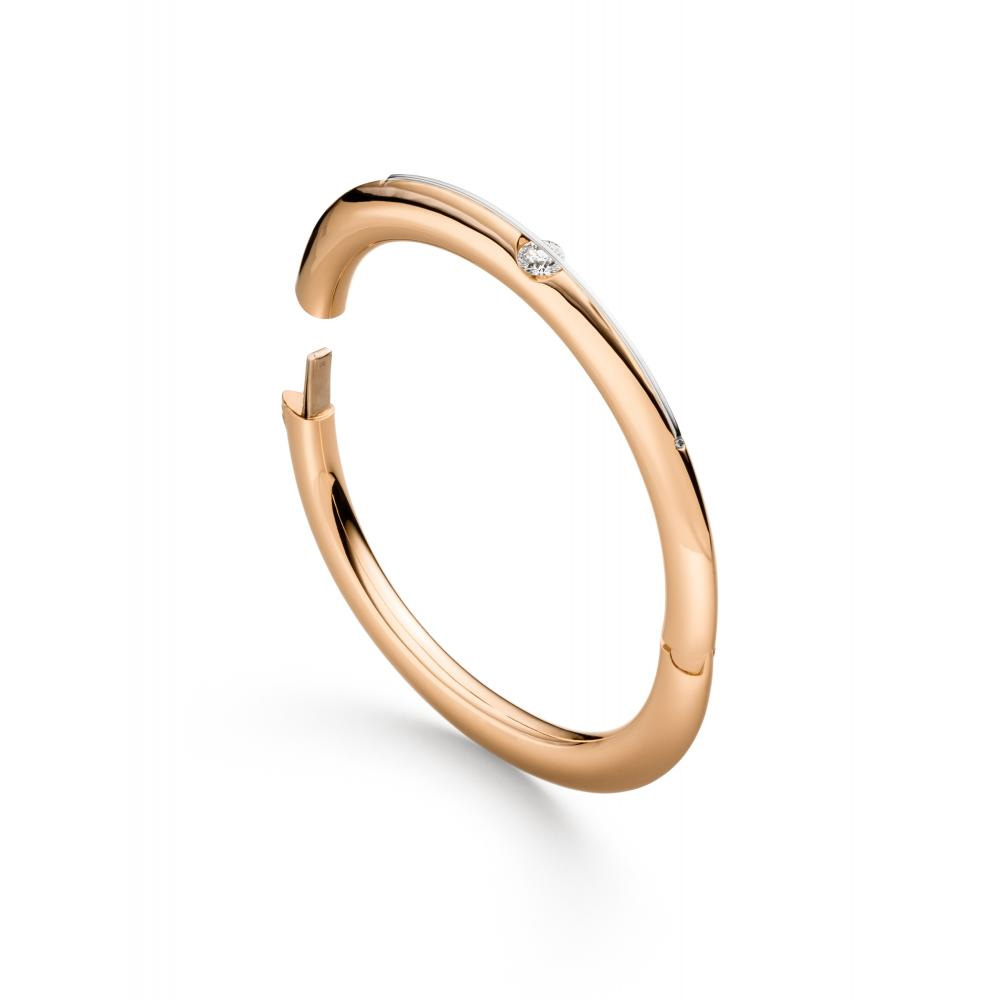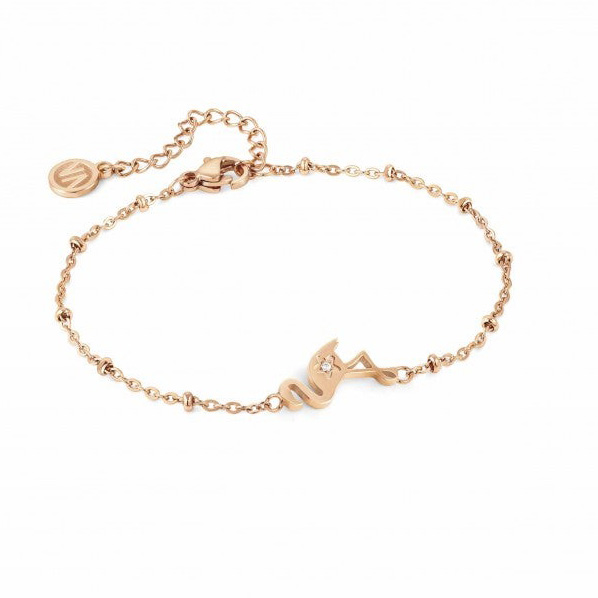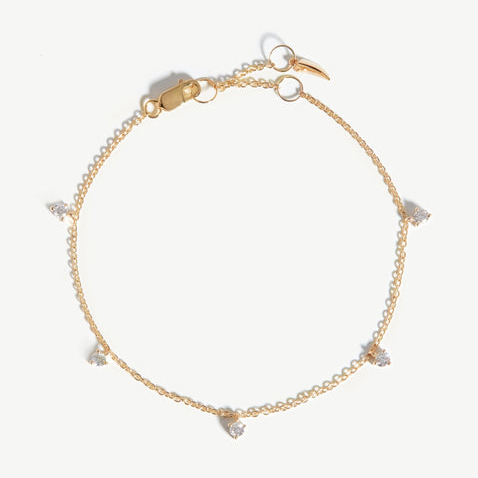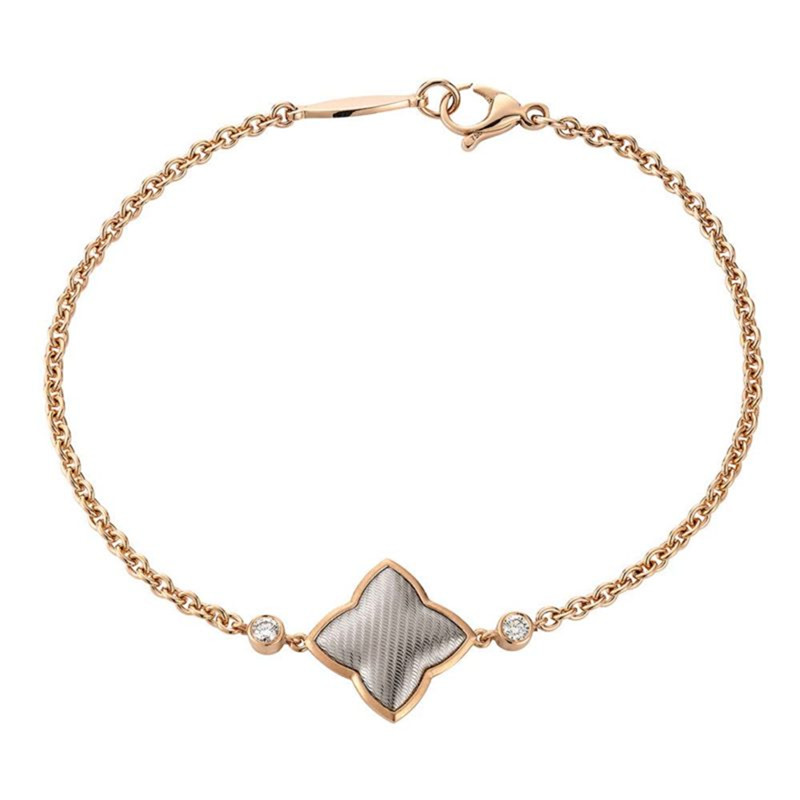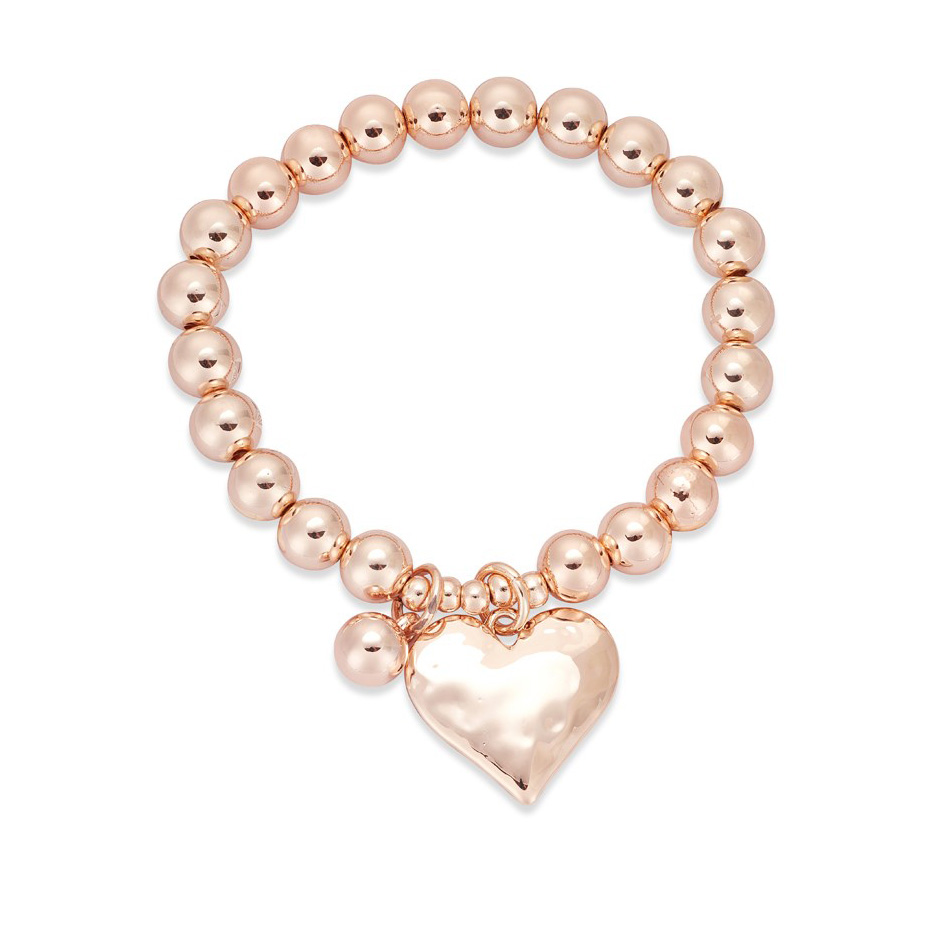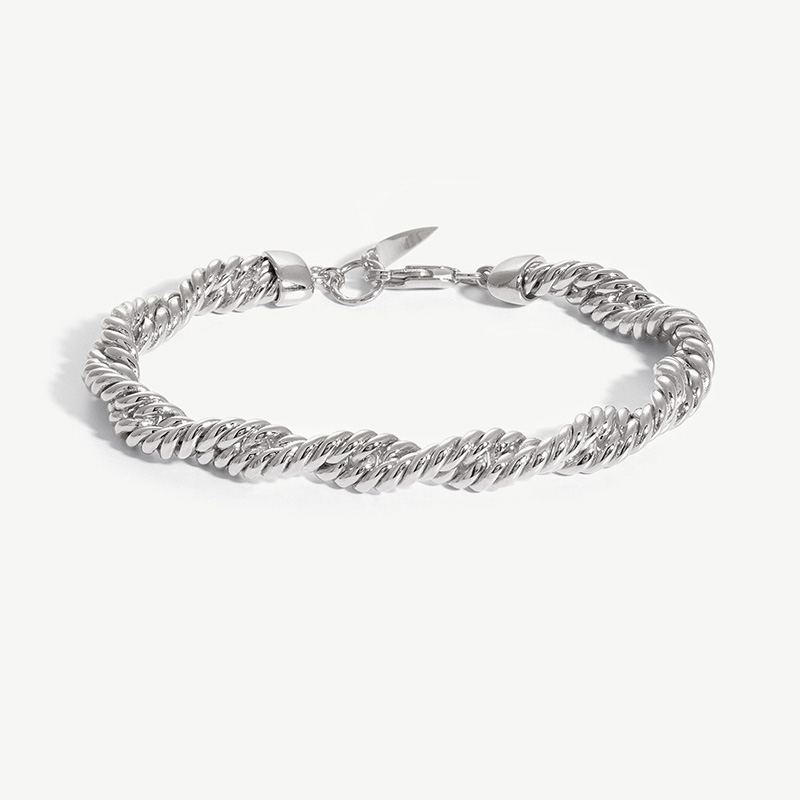Professional OEM Bracelet Manufacturing for Women
OEM/ODM jewelry manufacturer design custom your own jewelry
LET’S GET STARTED : mo@kingjy.com
A Comprehensive Guide
Introduction
The fashion jewelry industry has seen exponential growth over the past decade, with women’s bracelets being one of the most sought-after accessories. As consumer demand for stylish, high-quality, and affordable bracelets increases, many brands and retailers turn to professional OEM (Original Equipment Manufacturer) factories to produce their designs.
This article explores the world of women’s bracelet OEM manufacturing, covering key aspects such as:
- Understanding OEM Bracelet Manufacturing
- Materials Used in Women’s Bracelet Production
- Manufacturing Processes & Techniques
- Quality Control & Certifications
- Customization & Private Label Services
- Choosing the Right OEM Manufacturer
- Trends in Women’s Bracelet Designs
- Sustainability & Ethical Manufacturing
- Global Market Insights
- Conclusion & Future Outlook
By the end of this guide, you will have a thorough understanding of how professional OEM bracelet factories operate and how to collaborate with them effectively.
1. Understanding OEM Bracelet Manufacturing
What is an OEM Factory?
An OEM (Original Equipment Manufacturer) specializes in producing goods based on a client’s specifications. In the jewelry industry, OEM factories manufacture bracelets according to brand designs, materials, and quality requirements.
OEM vs. ODM: Key Differences
- OEM (Original Equipment Manufacturing) – The factory produces based on the buyer’s exact designs.
- ODM (Original Design Manufacturing) – The factory provides pre-designed models that brands can rebrand.
Most professional bracelet manufacturers offer both OEM and ODM services, allowing brands to choose between custom designs or ready-made collections.
Benefits of Working with an OEM Bracelet Manufacturer
✔ Cost-Effective Production – Bulk orders reduce per-unit costs.
✔ Customization Options – Tailor designs, materials, and finishes.
✔ Quality Assurance – Factories follow strict quality control measures.
✔ Faster Turnaround – Efficient production and supply chain management.
✔ Private Labeling – Add brand logos, packaging, and certifications.
2. Materials Used in Women’s Bracelet Production
The choice of material impacts durability, aesthetics, and pricing. Common materials include:
A. Metals
- Stainless Steel – Hypoallergenic, durable, and affordable.
- Sterling Silver (925 Silver) – Premium look, requires anti-tarnish coating.
- Gold-Plated & Rose Gold-Plated – Luxury appeal at a fraction of solid gold cost.
- Brass & Copper – Affordable but may cause skin reactions (often coated).
- Titanium – Lightweight, strong, and hypoallergenic.
B. Gemstones & Beads
- Natural Stones – Turquoise, amethyst, agate, jade.
- Synthetic Stones – Cubic zirconia, lab-created crystals.
- Pearls – Freshwater, faux pearls.
- Wood & Resin – Eco-friendly and boho-chic styles.
C. Other Materials
- Leather & Fabric – Adjustable wrap bracelets.
- Silicone – Sporty and waterproof designs.
- Enamel & Ceramic – Colorful and artistic finishes.
3. Manufacturing Processes & Techniques
A. Design & Prototyping
- CAD (Computer-Aided Design) – Digital modeling for precision.
- 3D Printing – Rapid prototyping before mass production.
B. Metalworking Techniques
- Casting – Molten metal poured into molds.
- Stamping – Cutting shapes from metal sheets.
- Electroplating – Coating base metals with gold/silver.
- Laser Engraving – Custom text or patterns.
C. Beading & Stringing
- Hand-Knotting – Used for pearl & gemstone bracelets.
- Wire Wrapping – Secures stones without glue.
- Elastic & Thread Stringing – Common for beaded designs.
D. Assembly & Finishing
- Polishing – Smooths rough edges.
- Oxidation – Darkens metal for antique effects.
- Quality Inspection – Ensures durability & aesthetic perfection.
4. Quality Control & Certifications
Reputable OEM factories adhere to strict quality checks:
A. Common Quality Tests
✔ Metal Purity Test – XRF machines verify silver/gold content.
✔ Lead & Nickel Testing – Ensures safety for sensitive skin.
✔ Tarnish Resistance Check – Especially for silver pieces.
✔ Stone Setting Inspection – Prevents loose gems.
✔ Clasp & Durability Test – Ensures secure wear.
B. Industry Certifications
- ISO 9001 – Quality management standards.
- SGS/RoHS – Ensures non-toxic materials.
- Fair Trade & Ethical Sourcing – For sustainable brands.
5. Customization & Private Label Services
OEM factories offer extensive customization:
A. Design Customization
- Engraving – Names, dates, logos.
- Unique Clasps – Lobster, toggle, magnetic.
- Adjustable Sizing – Extender chains, sliding knots.
B. Branding & Packaging
- Logo Embossing – On metal tags or clasps.
- Custom Jewelry Boxes – Eco-friendly options available.
- Barcodes & RFID Tags – For inventory tracking.
